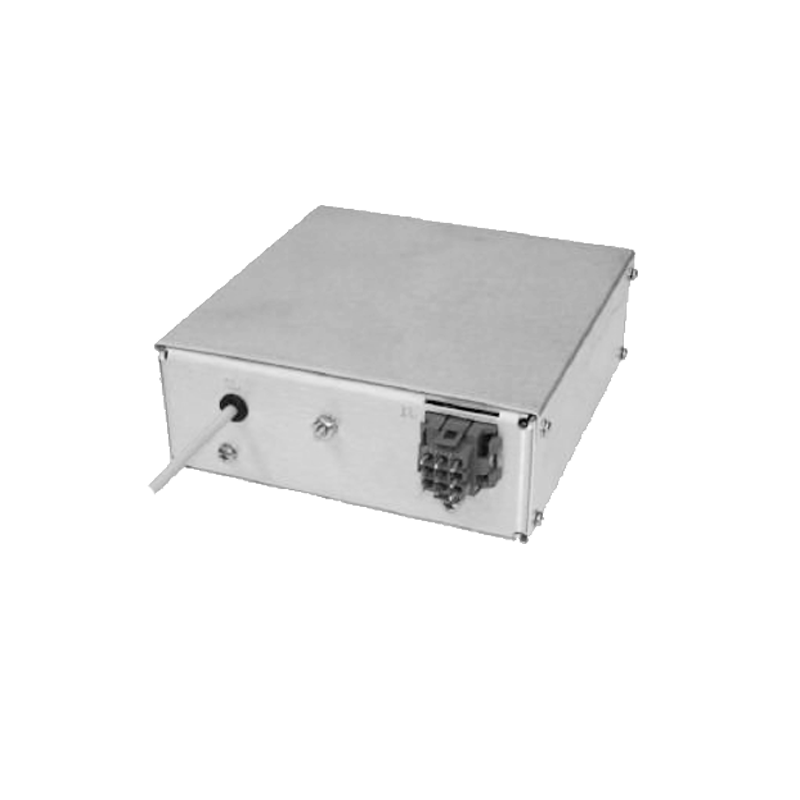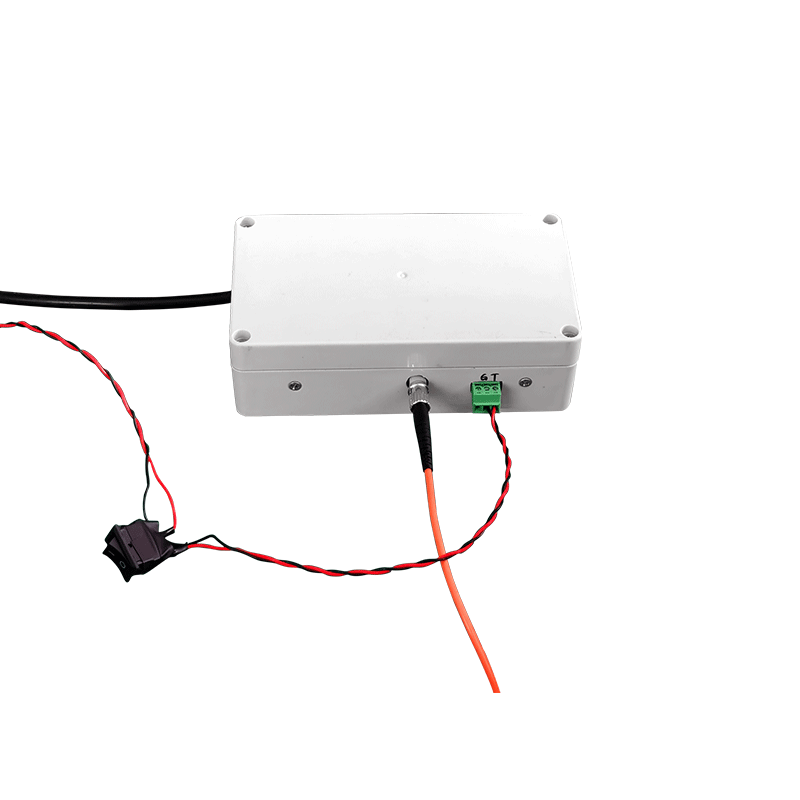Ion Source Stability of Mass Spectrometer High Voltage Power Supply
In the field of modern analytical science, the mass spectrometer, as a powerful analytical tool, is widely used in many disciplines such as chemistry, biology, and environmental science. The stability of its core component, the ion source, is directly related to the accuracy and reliability of the mass spectrometer's detection results, and the high voltage power supply plays a crucial role in maintaining the stability of the ion source.
The function of the ion source is to convert atoms or molecules in the sample into ions and give them a certain energy and direction for subsequent separation and detection in the mass spectrometer. During the operation of the ion source, the high voltage power supply provides the necessary high electric field for the ionization process. Take the electrospray ionization source (ESI) as an example. The high voltage power supply generates a high electric field at the capillary outlet, prompting the sample molecules in the solution to form charged droplets. As the solvent evaporates, the droplets become smaller, and the surface charge density increases. Eventually, a Coulomb explosion occurs, releasing gaseous ions. In this process, the stability of the output voltage of the high voltage power supply has a decisive impact on the ionization efficiency and the stability of the ion beam. If the voltage fluctuates, the electric field strength will be unstable, making it difficult to precisely control the ionization process. The number and mass distribution of the generated ions will also fluctuate, seriously affecting the detection accuracy of the mass spectrometer.
Similarly, for the matrix assisted laser desorption ionization source (MALDI), the high voltage power supply is used to accelerate ions into the mass analyzer. A stable high voltage output can ensure that ions obtain consistent energy during the acceleration process, thus ensuring the accuracy of the ion flight time, which is crucial for accurately measuring the ion mass. Any slight change in the voltage may lead to deviations in the ion flight trajectory, causing errors in the detected ion mass and reducing the resolution and sensitivity of the mass spectrometer.
To ensure the support of the mass spectrometer high voltage power supply for the stability of the ion source, a series of measures need to be taken in the power supply design. On the one hand, high precision voltage stabilizing circuits and filtering technologies are adopted to effectively suppress the ripple and noise of the power supply output voltage. Ripple and noise will interfere with the electric field in the ion source, leading to unstable ion motion. By optimizing the circuit design and using high performance voltage stabilizing chips and filter capacitors, the voltage ripple can be reduced to a very small level, providing a stable and pure high voltage for the ion source. On the other hand, an intelligent feedback control system is introduced. This system monitors the working state of the ion source in real time, such as parameters like ion current and ion energy, and automatically adjusts the output of the high voltage power supply according to this feedback information to adapt to changes in different samples and experimental conditions, always keeping the ion source in the best working state.
In addition, the heat dissipation design of the high voltage power supply cannot be ignored. During the high voltage output process, a large amount of heat is generated inside the power supply. If it cannot be dissipated in time, the performance of the power supply components will decline, affecting the voltage stability. A reasonable heat dissipation structure, such as an efficient heat sink, fan, or liquid cooling system, can ensure that the power supply maintains a stable operating temperature during long term operation, providing a reliable guarantee for the stability of the ion source.
In conclusion, the stability of the mass spectrometer high voltage power supply is a key factor determining the performance of the ion source. By optimizing the power supply design and adopting advanced voltage stabilizing, filtering, feedback control, and heat dissipation technologies, the stability of the ion source can be significantly improved, thereby providing more accurate and reliable detection results for the mass spectrometer in complex sample analysis.




















